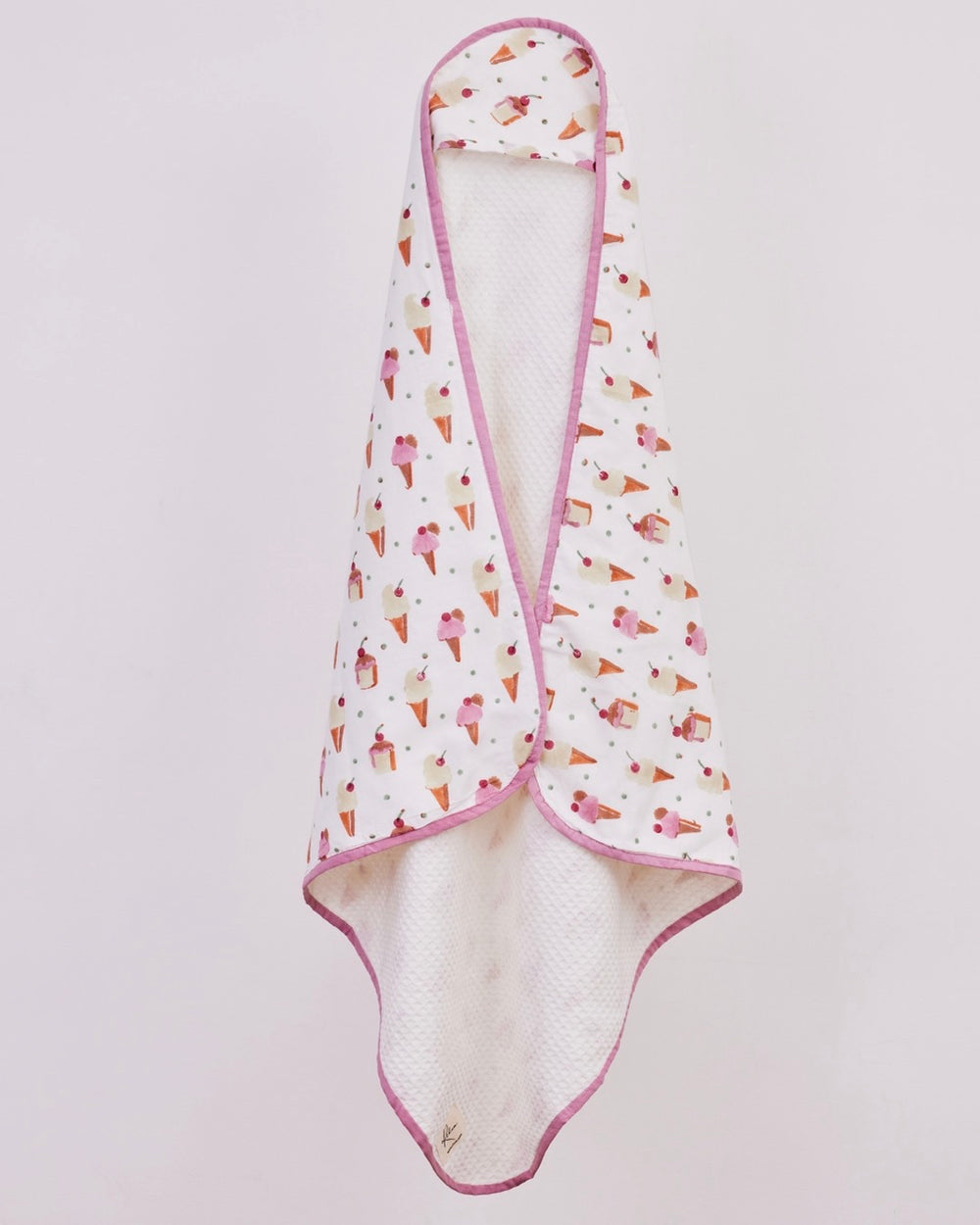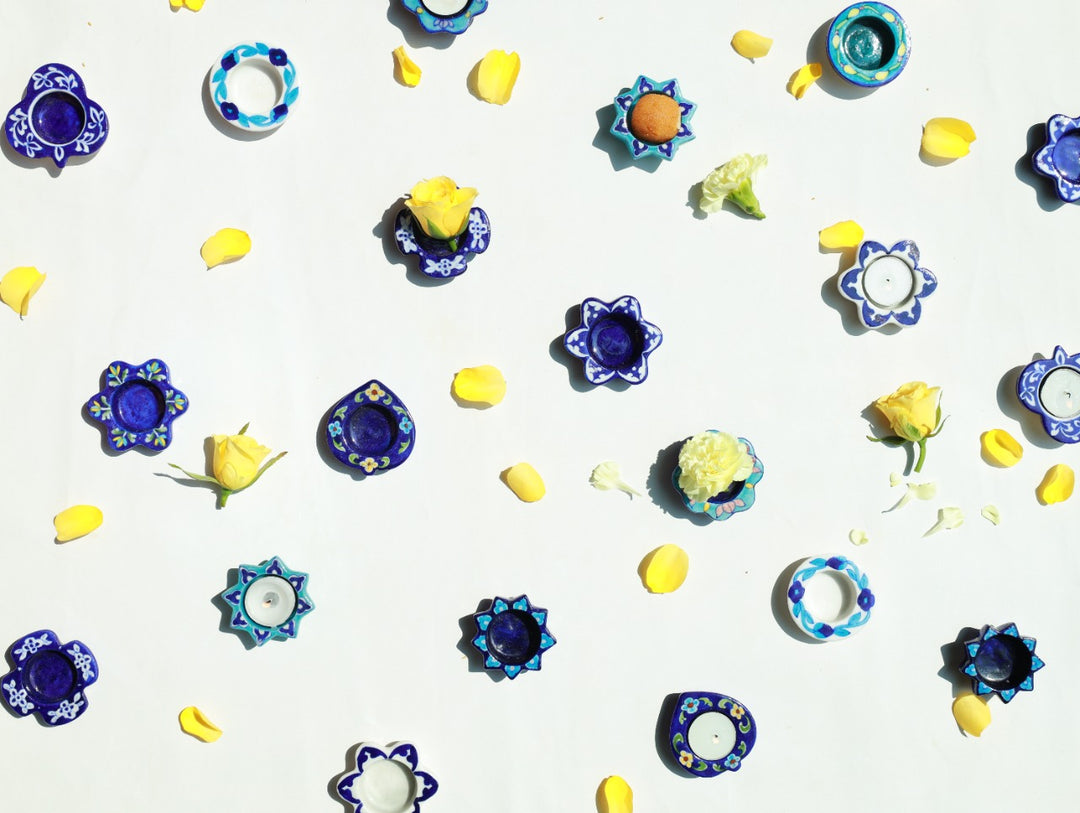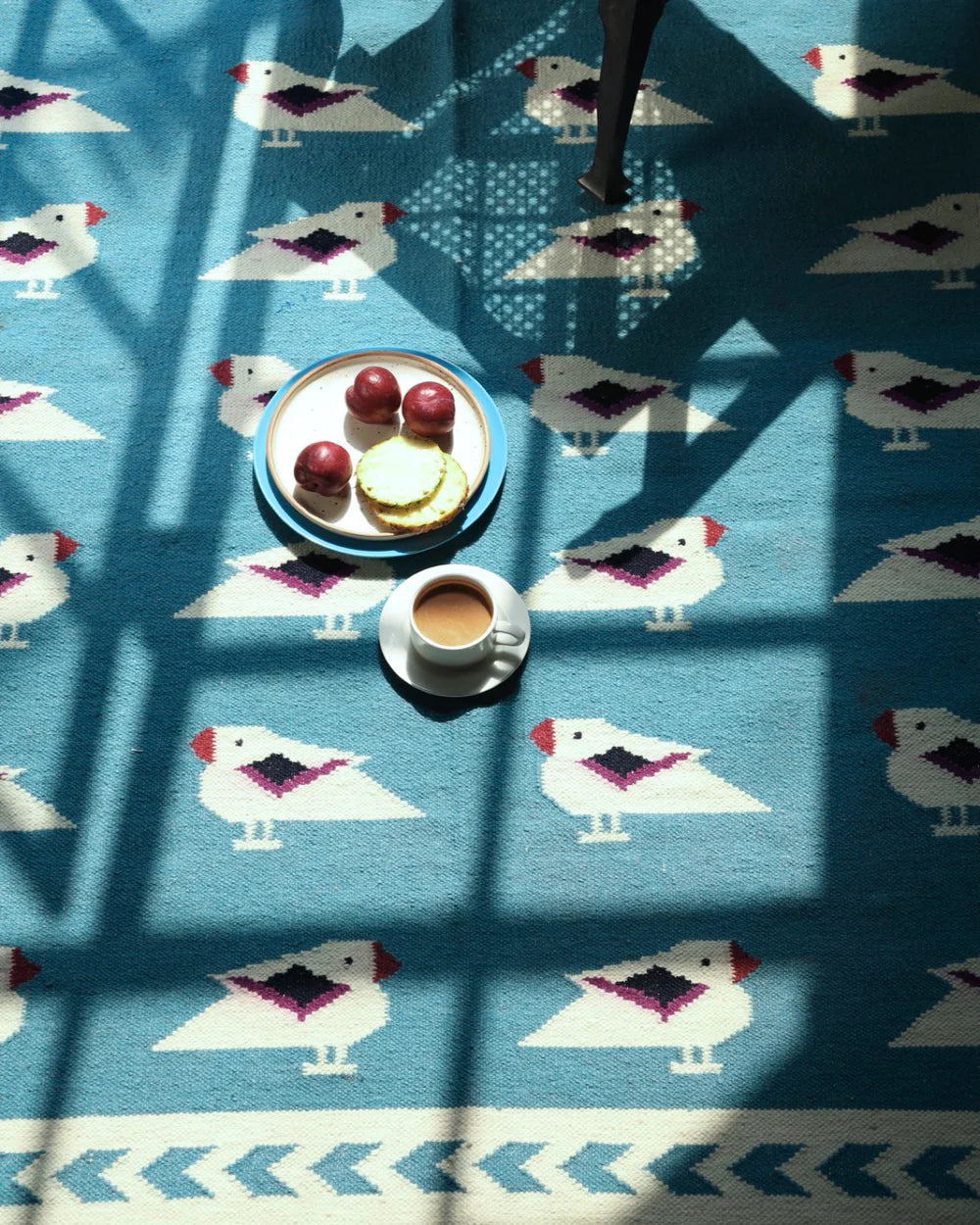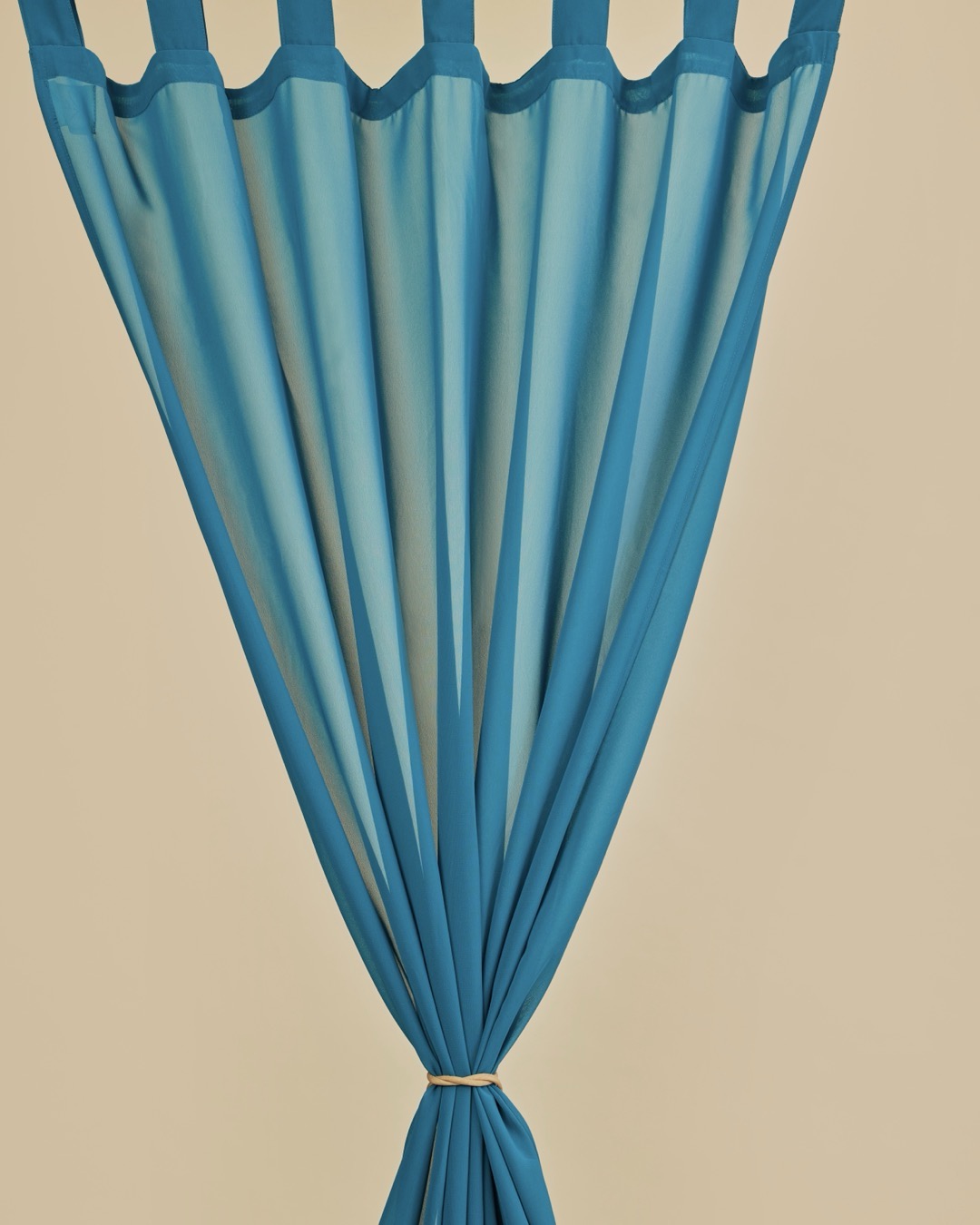Stitching heritage in Radhanpur
Bahaar Meera Jain
July 14, 2020
 I have always been fascinated by the diverse crafts of Gujarat. They have myriad types of embroidery, each more beautiful and intricate than the other. The tradition behind it is that once a girl is born to a family, her mother starts embroidering her dowry for her. Once she is old enough to learn the craft, she too contributes in its making. The culture, art and history of these remarkable nomadic tribes have forever captured my interest. It was, therefore, no surprise that while on a work trip to Ahmedabad, I coaxed my friend to take me to Radhanpur, an hour away from the Rani ki Vav, the famed UNESCO world heritage site. It is in Radhanpur that there is the Kamala Sadan, a heritage embroidery museum run by SEWA. 30 km from there, at Bakutra, SEWA ran a homestay at one of the artisan’s homes. We had booked ourselves a room there for the night.
I have always been fascinated by the diverse crafts of Gujarat. They have myriad types of embroidery, each more beautiful and intricate than the other. The tradition behind it is that once a girl is born to a family, her mother starts embroidering her dowry for her. Once she is old enough to learn the craft, she too contributes in its making. The culture, art and history of these remarkable nomadic tribes have forever captured my interest. It was, therefore, no surprise that while on a work trip to Ahmedabad, I coaxed my friend to take me to Radhanpur, an hour away from the Rani ki Vav, the famed UNESCO world heritage site. It is in Radhanpur that there is the Kamala Sadan, a heritage embroidery museum run by SEWA. 30 km from there, at Bakutra, SEWA ran a homestay at one of the artisan’s homes. We had booked ourselves a room there for the night.

Dusty roads lined by fields of fennel led us to this quaint little place where we were greeted by the sweetest women artisans themselves. After a guided tour of the museum we left for Gauri Ben’s Homestay. Peacocks perched on the roof, the courtyard was shadowed by a fruiting chikoo tree. The air was perfumed by lemons from the trees growing along the wall. It was magic. During the evening, over a traditional dinner of Bajre no rotlo and kadhi, Gauri ben showed us all the pieces of embroidery she brought in her dowry, which also included her grandmother’s 120 year old ghagra. Such was the quality of the needlework, not a thread was out of place. Seeing my enthusiasm, she offered to teach me the basics of their style of embroidery. We spent the night under the stars in her courtyard, lulled to sleep by the chirping of cicadas.













Leave a comment